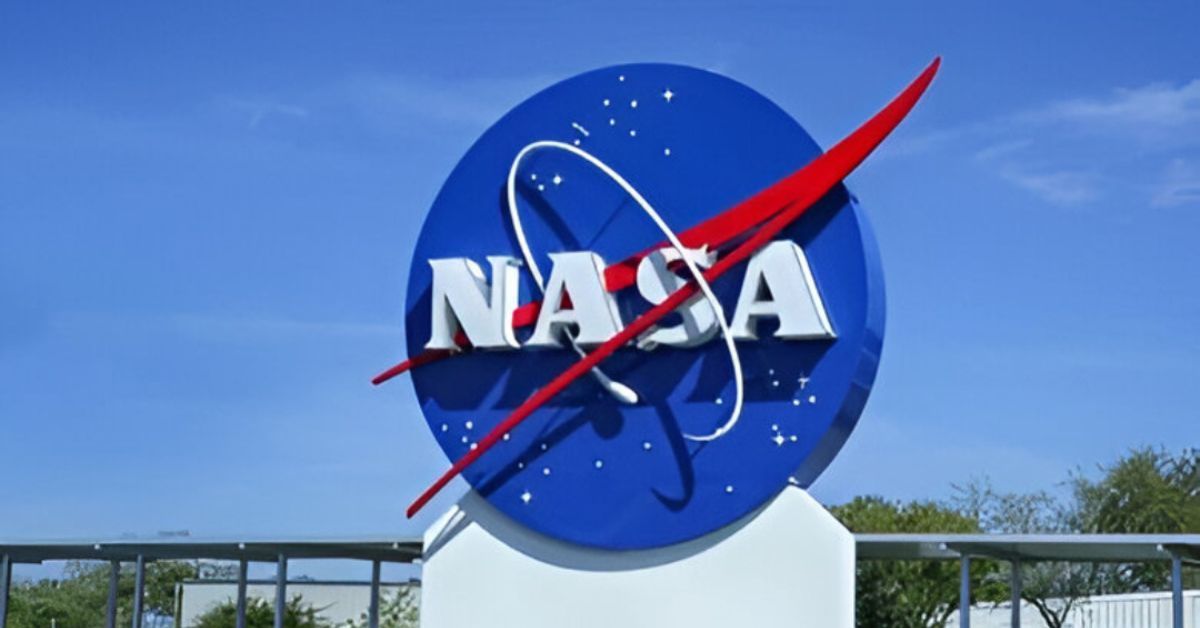On August 13, 2025, Interim NASA Administrator Sean Duffy announced the United States bold plan to return to the moon and establish permanent bases as part of the Artemis program. Speaking with journalist Miranda Devine, Duffy emphasized that these lunar bases, powered by nuclear reactors, are a critical step toward enabling human missions to Mars. The initiative aims to secure key lunar resources, such as water ice, and position the U.S. as a leader in the global space race, particularly against competitors like China and Russia. This article explores NASA’s plans, the role of nuclear power, the strategic importance of lunar bases, and the challenges ahead.
NASA’s Vision for Lunar Bases
The Artemis program, launched to return humans to the moon, is central to NASA’s 2025 strategy. Unlike the Apollo missions of the 1960s and 1970s, which focused on brief landings, Artemis aims to establish a sustained human presence on the lunar surface. According to yourNEWS, Duffy highlighted the program’s goal to “set up a base there, keep people on the moon,” leveraging resources like water ice to support long-term habitation and future Mars exploration.
The lunar south pole, rich in water ice within permanently shadowed craters, is a prime target. This ice can be converted into drinking water, oxygen, and rocket fuel, making it a vital resource for sustaining lunar bases and enabling deeper space missions, per PBS. NASA plans to land astronauts on the moon as early as 2027 with Artemis III, though delays in SpaceX’s Starship lander may push this timeline, per phys.org.
The Role of Nuclear Power in Lunar Bases
A key component of NASA’s plan is the deployment of a nuclear reactor on the moon by 2030, as outlined in a July 31, 2025, directive from Duffy. This reactor, designed to produce at least 100 kilowatts of power, will address the limitations of solar energy during the moon’s 14-day nights and in shadowed regions where sunlight is scarce, per USA Today. The U.S. Department of Energy notes that nuclear fission reactors, similar to those on Earth, will generate heat to produce electricity, using large radiators to dissipate excess heat in the absence of an atmosphere.
Key aspects of the nuclear power plan include:
- Continuous Power Supply: Unlike solar panels, nuclear reactors can operate during lunar nights and in shadowed craters, supporting habitats, rovers, and mining equipment.
- Compact Design: Advances since NASA’s $200 million investment in fission systems since 2000 have made reactors lightweight and suitable for space, per phys.org.
- Safety Measures: The reactor will not be activated until it reaches a “nuclear safe orbit” 621 miles above Earth, minimizing launch risks, per WUSF.
The initiative responds to China’s plan to build a nuclear-powered lunar research station by 2035, with NASA aiming to deploy its reactor first to secure strategic lunar regions, per CNN.
Strategic Importance of Lunar Bases
The establishment of lunar bases is part of a broader geopolitical and scientific strategy. The lunar south pole’s resources, particularly water ice, are coveted by multiple nations, including China and Russia, which announced a joint lunar reactor plan in March 2024, per phys.org. Duffy emphasized the need to “get there first and claim that for America,” highlighting the competitive nature of the race to control resource-rich areas, per space.com.
The 1967 Outer Space Treaty governs lunar activities, prohibiting territorial claims but allowing nations to establish installations like bases. Countries must act with “due regard” for others’ interests, meaning a U.S. reactor could influence access to key lunar sites without violating international law, per PBS. Establishing infrastructure first could grant the U.S. operational influence, shaping how other nations navigate the lunar landscape.
Challenges Facing NASA’s Plan
NASA’s ambitious timeline faces significant hurdles:
- Funding Constraints: The fiscal year 2026 budget request cuts NASA’s funding from $25 billion to $19 billion, though the One Big Beautiful Bill Act allocates $10 billion through 2032, per WUSF. Developing a lunar reactor could cost $3 billion over five years, per USA Today.
- Technical Delays: The Artemis III mission, reliant on SpaceX’s Starship, is delayed to 2027 due to the lander’s unreadiness, per phys.org.
- Workforce Challenges: Over 20% of NASA’s workforce has opted for deferred resignations under the Trump administration, potentially impacting project execution, per WUSF.
- Safety Concerns: Moonquakes, meteorite strikes, and safe reactor disposal at the end of its lifespan pose risks, though experts note minimal radiation spread due to the moon’s lack of atmosphere, per WUSF.
Skeptics, including nuclear engineering professor Kathryn Huff, argue that the 2030 timeline is “extremely difficult” and requires multi agency coordination to ensure safety and compliance, per WUSF.
Global Competition and Cooperation
China’s plan for a lunar nuclear power plant by 2035, in partnership with Russia, has intensified the space race. China’s proven ability to meet space deadlines, evidenced by its Tiangong space station, contrasts with NASA’s delays, per phys.org. Posts on X reflect public interest, with some users framing the U.S. effort as a strategic move to counter China, though these sentiments are inconclusive.
The Outer Space Treaty encourages transparency and consultation, and NASA could strengthen its position by sharing plans publicly to set governance standards, per The Conversation. International collaboration with allies could enhance the project’s credibility, though competition remains a key driver.
Technological and Scientific Benefits
Beyond geopolitics, lunar bases offer significant benefits:
- Resource Utilization: Water ice can support life and fuel production, reducing reliance on Earth supplies, per PBS.
- Mars Preparation: Technologies developed for lunar reactors, such as fission systems, are critical for Mars missions, where solar power is even less viable, per phys.org.
- Scientific Research: Bases in the lunar south pole enable studies of lunar geology and resource extraction, per earth.com.
NASA’s directive includes selecting two commercial providers within six months to develop reactor designs, fostering innovation through partnerships, per USA Today.
Public and Industry Sentiment
The announcement has generated buzz, with posts on X highlighting the strategic importance of beating China to the moon, though some express skepticism about the timeline’s feasibility. Industry experts like John M. Olson of Axions Corporation support the plan, citing benefits for U.S. leadership and commercial space industries, per USA Today. Critics, however, urge a focus on scientific goals over a race mentality, per WUSF.
Future Steps
NASA will appoint a Fission Surface Power Program Executive within 30 days to oversee reactor development, with contracts to be awarded within eight months, per USA Today. The agency aims to launch a reactor by late 2029, using a heavy-class lander capable of carrying 15 metric tons, per phys.org. Continued investment in 3D printing and robotics, as noted by earth.com, will support base construction.
Conclusion
On August 13, 2025, Interim NASA Administrator Sean Duffy announced plans to establish permanent moon bases under the Artemis program, targeting a nuclear reactor deployment by 2030 to power lunar habitats. The initiative, focused on the lunar south pole’s water ice, aims to support long-term human presence and prepare for Mars missions. The U.S. faces competition from China and Russia, who plan a lunar reactor by 2035. Challenges include a $19 billion NASA budget for 2026, workforce losses, and delays in SpaceX’s Starship. The Outer Space Treaty permits bases but prohibits territorial claims, with a U.S. reactor potentially influencing lunar access. NASA will select commercial partners by early 2026 to develop the reactor, with a launch planned for late 2029.
Author
-

Connor Walsh is a passionate tech analyst with a sharp eye for emerging technologies, AI developments, and gadget innovation. With over a decade of hands-on experience in the tech industry, Connor blends technical knowledge with an engaging writing style to decode the digital world for everyday readers. When he’s not testing the latest apps or reviewing smart devices, he’s exploring the future of tech with bold predictions and honest insights.







